Storing sprouts properly is crucial for maintaining their freshness and nutritional value. Sprouts, known for their high vitamin, nutrient, mineral, and antioxidant content, are a nutritious addition to meals. The method of storage directly impacts their shelf life and quality. But can you store sprouts in water?
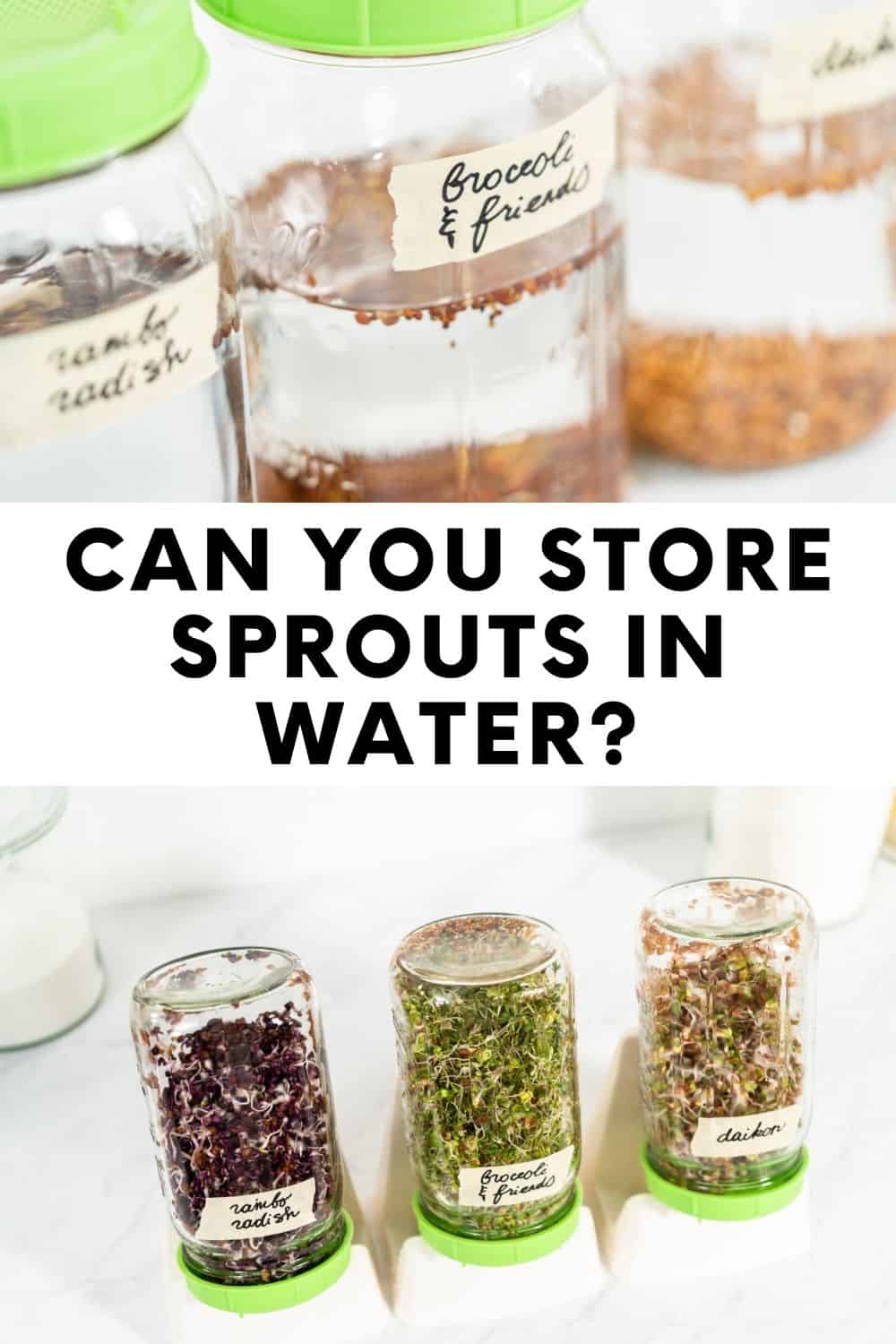
While it might seem convenient to store sprouts in water, it is not recommended as it can lead to bacterial growth and spoilage. Properly dried and refrigerated sprouts can stay crisp and fresh for a considerable period.
The benefits of sprouts are best preserved when they are kept dry and cool. Hence, it is important to remove excess moisture before storing sprouts in the refrigerator. This method helps in retaining their crunchy texture and essential nutrients. When planning to use sprouts in meals, consider the shelf life and storage method to ensure they offer the full spectrum of their health benefits.
In a Nutshell
- Sprouts should be stored dry to preserve freshness and nutrients.
- Refrigeration is key to extending the lifespan of sprouts.
- Proper storage ensures sprouts remain a nutritious addition to meals.
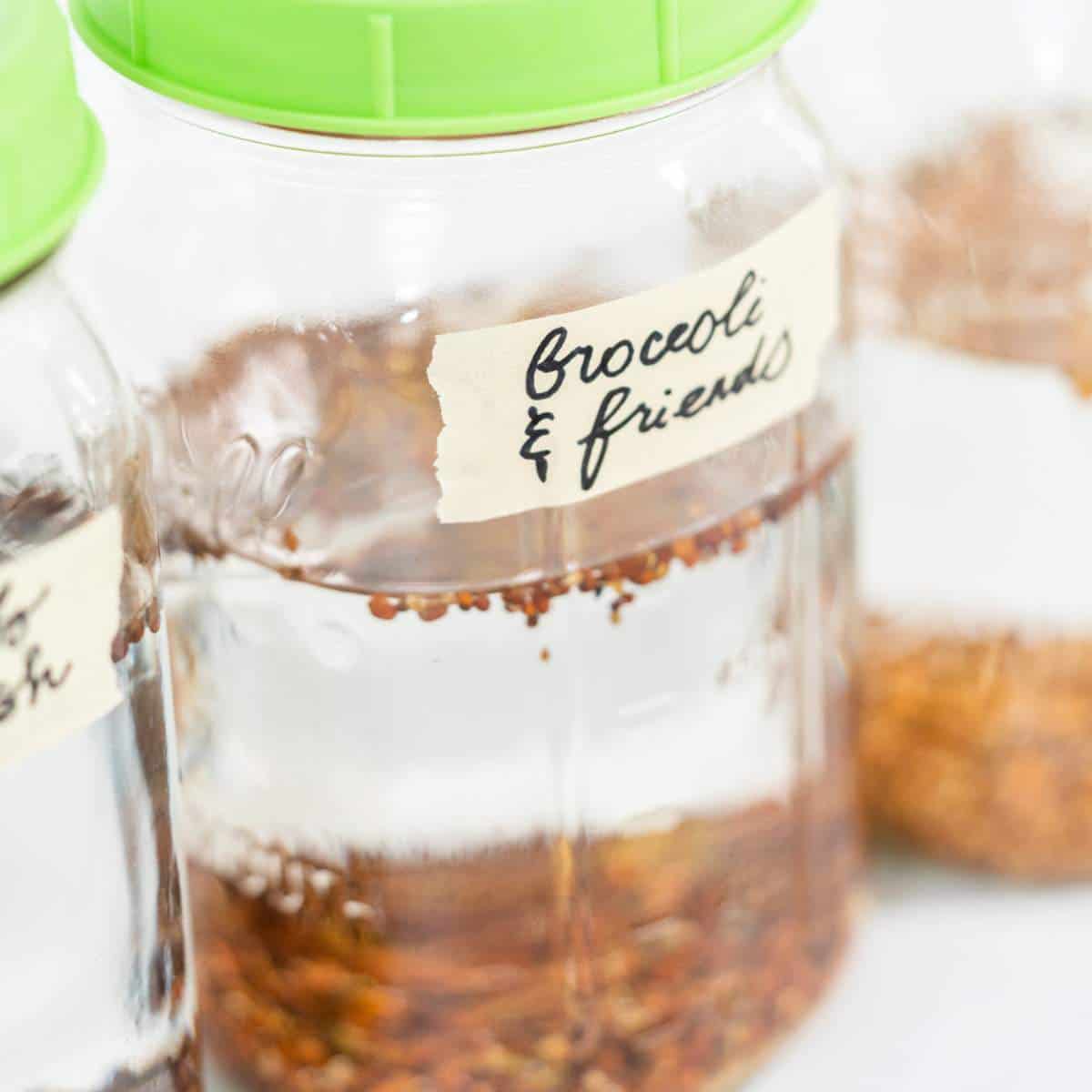
Storing Sprouts
Proper storage of sprouts is crucial to maintain freshness, prevent contamination, and extend their shelf life beyond the initial days of purchase.
Refrigeration Techniques
Refrigeration is essential for keeping sprouts fresh. After rinsing sprouts in cold water to remove debris and hulls, drain them thoroughly. For optimal storage in the fridge, it is recommended to utilize a breathable container or a sealed container with a piece of cheesecloth secured by a rubber band under the lid for proper air circulation. Sprouts can also be wrapped in paper towels to absorb excess moisture before placing them in a plastic bag.

Alternative Storage Methods
While refrigeration is the standard, other methods can also be effective. For example, a salad spinner can help remove additional water, preventing a puddle from forming at the bottom of the container—which can cause spoilage. Mason jars, especially wide-mouth mason jars, function well for sprout storage; just be sure the container is not completely sealed as sprouts benefit from a small amount of airflow.
Preventing Contamination
To minimize the risk of contamination like salmonella, which can occur with raw sprouts, cleanliness is paramount. Always start with cleaned hands, containers, and surfaces. Rinse sprouts meticulously in cool water and avoid soaking as this can encourage bacterial growth. Store sprouts away from raw meats and ensure they are consumed within a few days of storage to reduce the risk of spoilage and contamination.
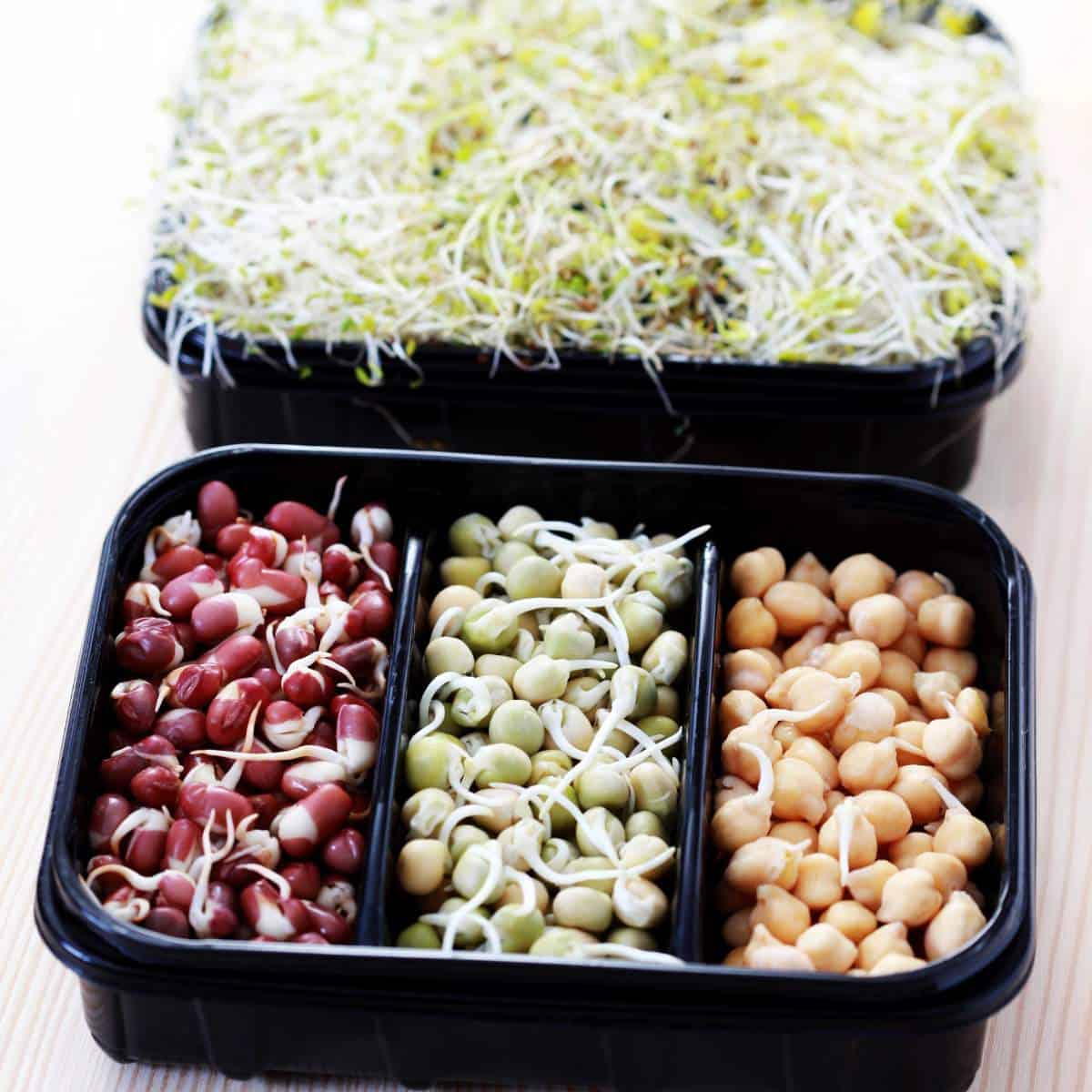
Usage in Meals
Sprouts, with their fresh flavor and nutritional value, make versatile additions to various dishes, serving as both a main ingredient and a garnish. They enrich meals with their crunch and provide vital nutrients such as vitamins, minerals, and antioxidants.

Integrating Sprouts into Dishes
Sprouts are a dynamic component in the culinary world, effortlessly incorporated into salads, where they add a distinctive crisp texture. The variety of sprouts available, such as alfalfa, mung bean, lentil, broccoli, radish, and red clover sprouts, allows chefs to experiment with flavor profiles and nutritive values. Each type of sprout carries its unique taste and can complement different vegetables and legumes.
- Salads: Combine with leafy greens for added texture.
- Stir-fries: Toss in at the end to maintain crunchiness.
- Soups: Garnish on top to enhance flavor profiles.
- Avocado toast: Sprinkle on for a nutrient-dense topping.

Preparation and Cooking Tips
When preparing sprouts for meals, keeping them fresh is key. Properly store sprouts in water only briefly to maintain their crispness before incorporating them into dishes. Cooking sprouts is a delicate process; overexposure to heat can diminish their nutritional value, including vitamin C and chlorophyll, essential for the immune system. Here are some preparation tips for maintaining the integrity of your sprouts:
- Grains: Fold gently into cooked grains to preserve nutritional content.
- Pizza: Add raw on top after baking to retain their delicate structure and nutrients.
- Hummus: Blend in for a refreshing twist and extra protein.
- Texture: Should be crunchy; avoid overcooking to prevent sogginess.
- Flavor: Enhances the natural taste of sprouts; complements with light seasonings.












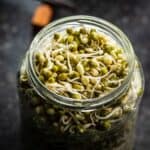


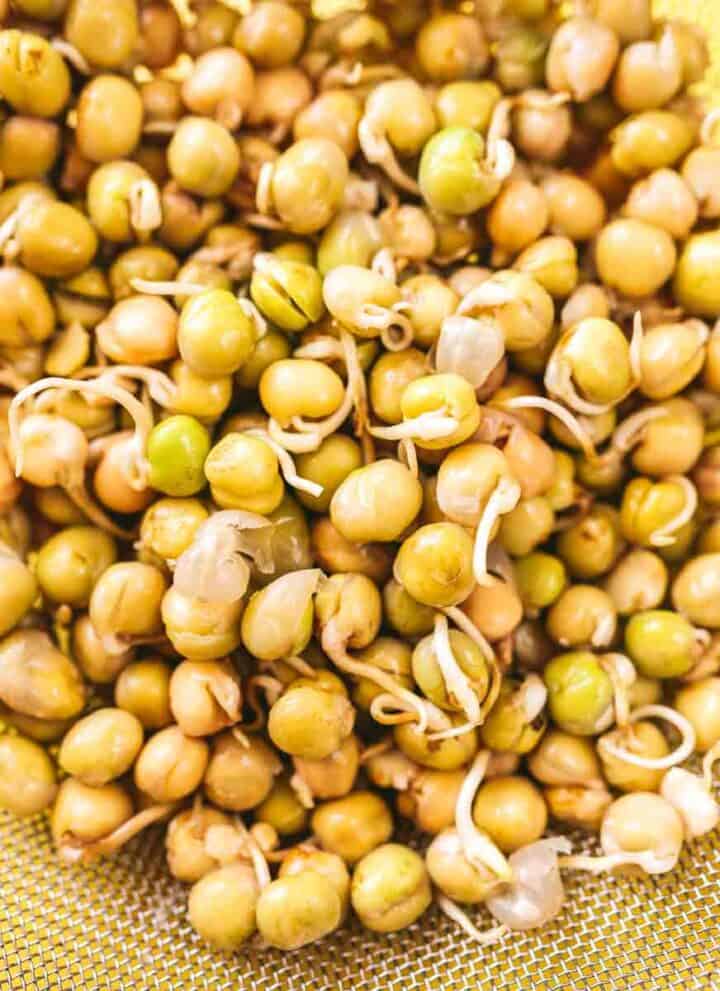
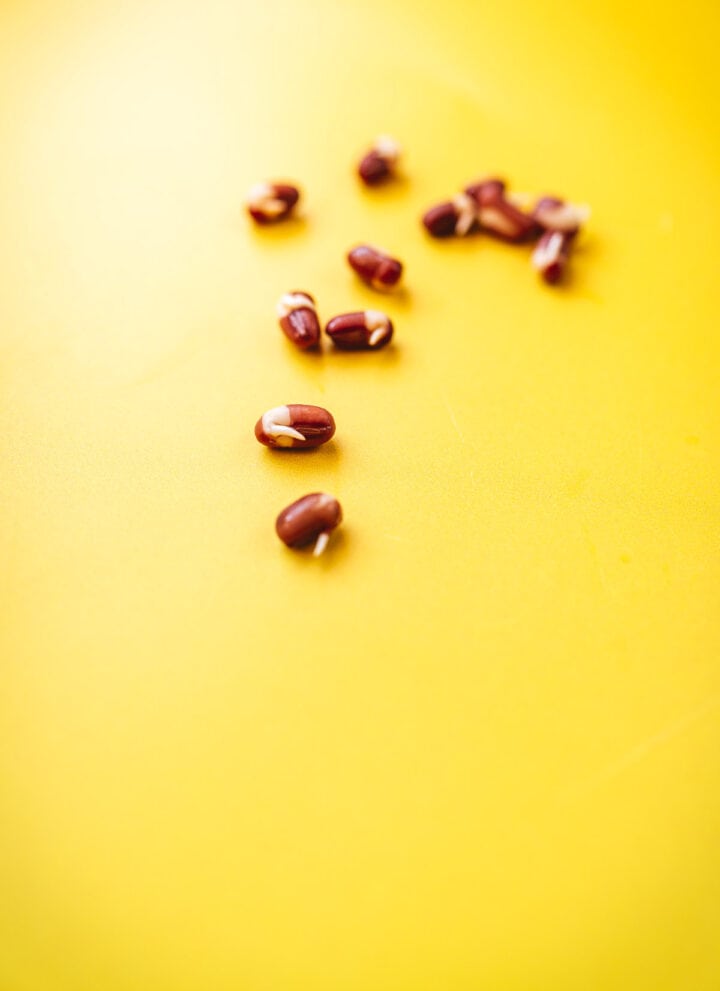
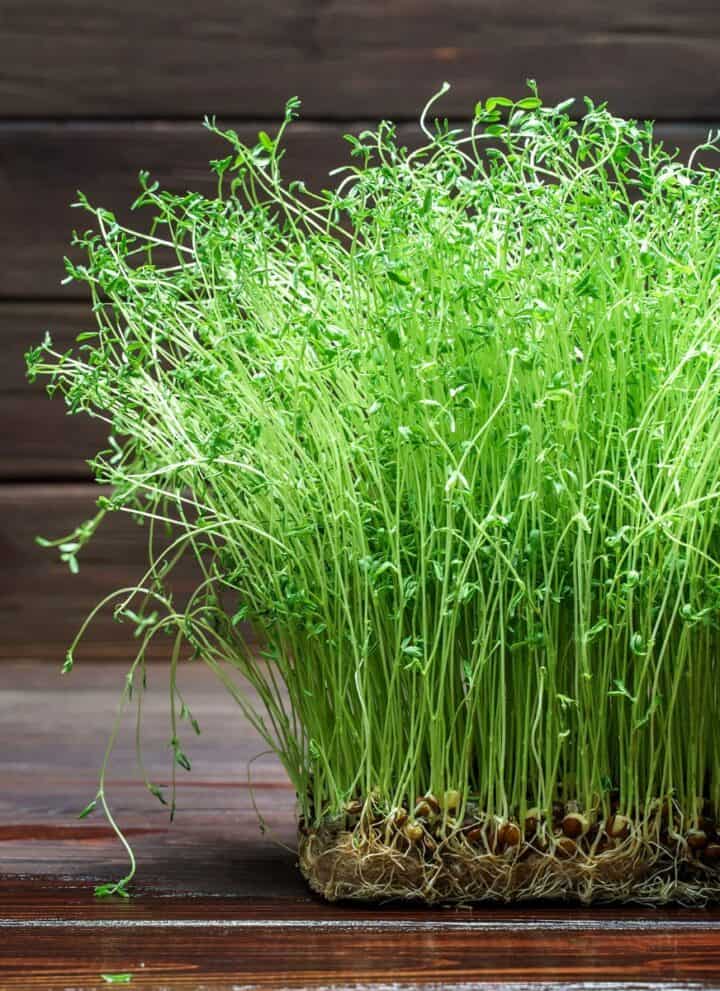
Comments
No Comments